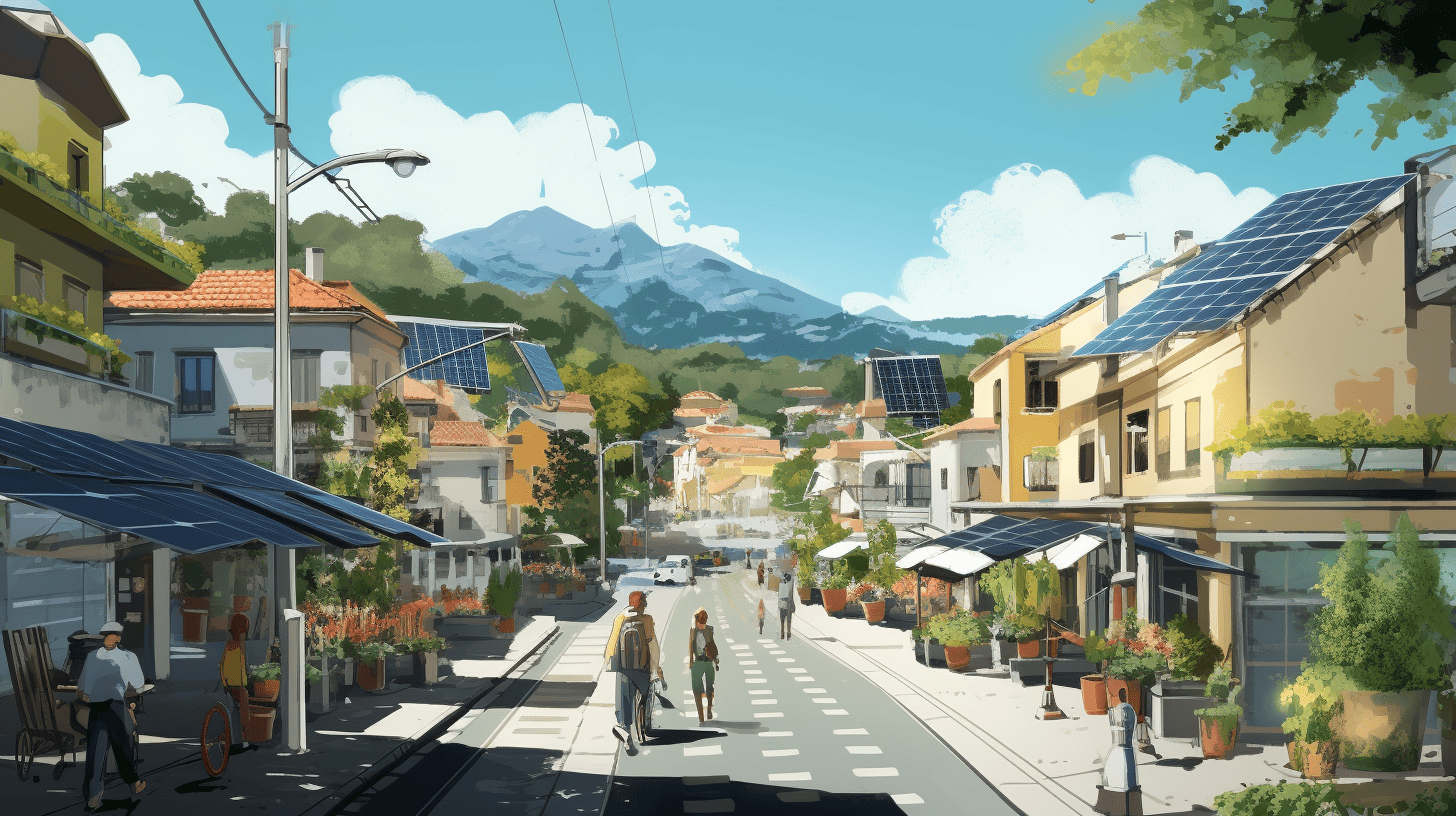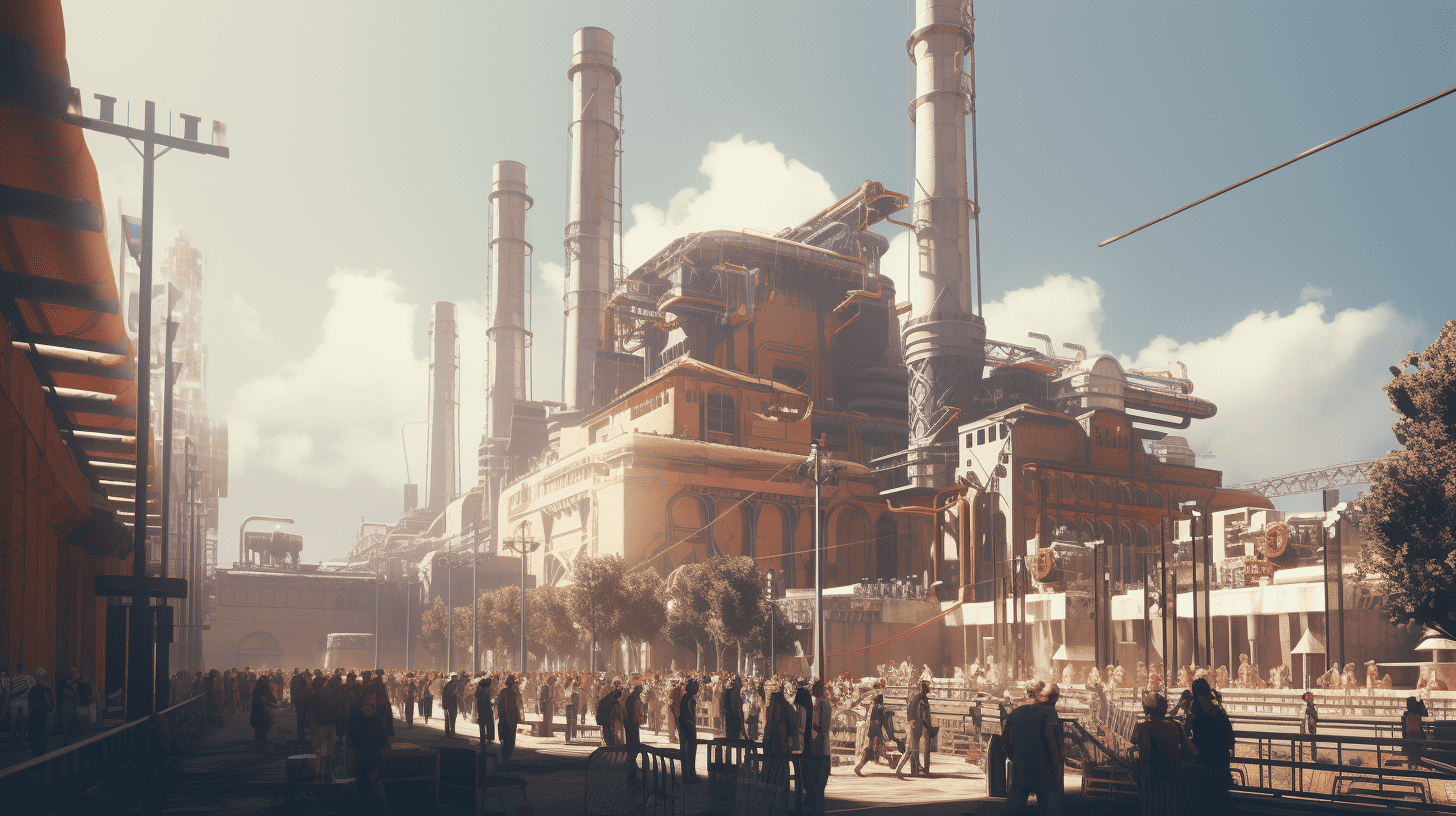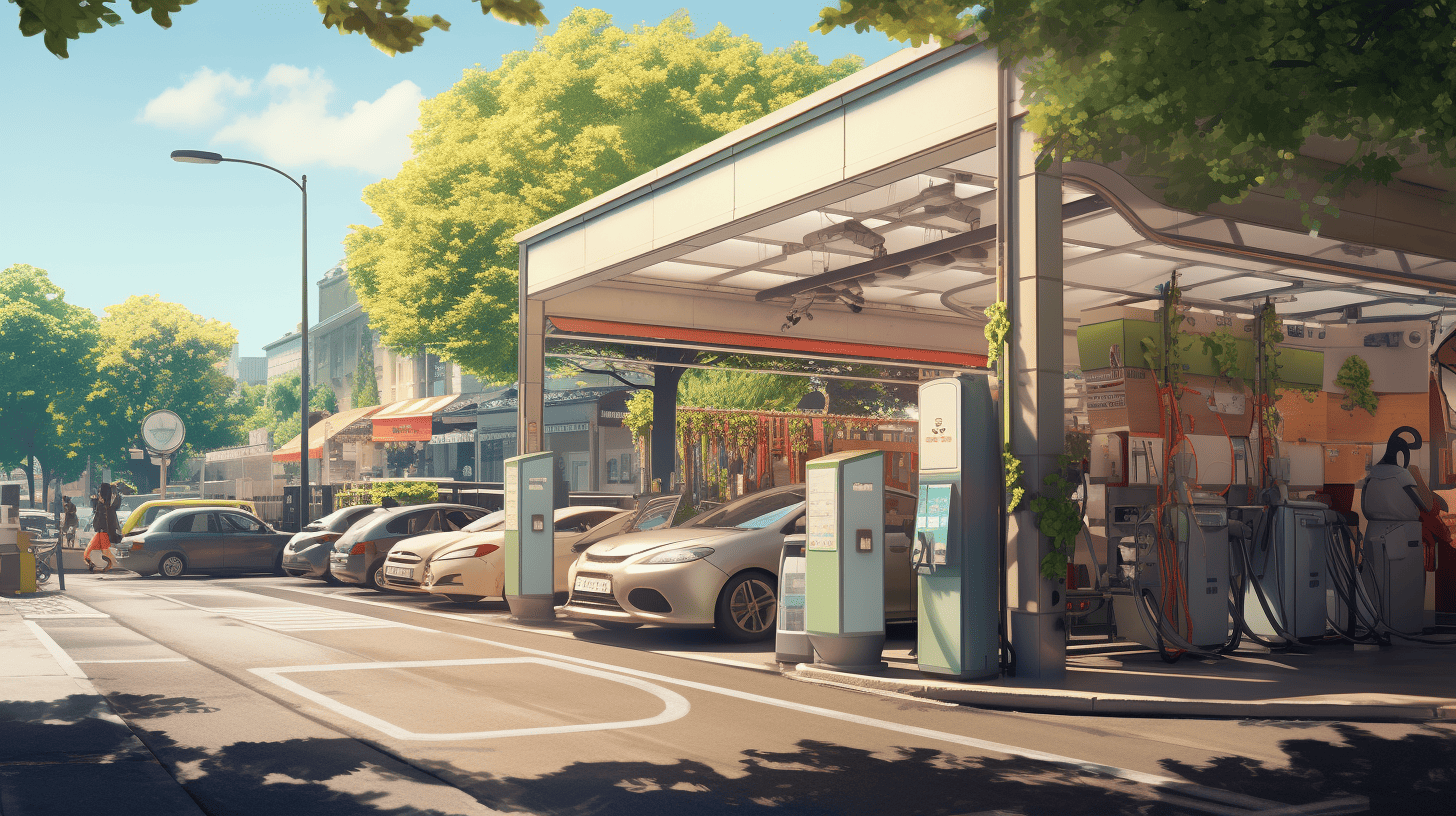
The increasing electrification in society leads to higher peak loads on the electricity grid. Some people are warning for an energy transition that is too fast. Others are hopeful for a fully electric future. In a report commissioned by the Dutch Topsector Energie program, more than 100 potential solutions are offered, all focusing on maximizing the capacity of the existing or upcoming electricity network to accelerate the energy transition. In a 12-part series, Innovation Origins spotlights the twelve most promising solutions. This is part 8: Utilizing other electricity infrastructure.
- The Dutch Topsector Energy collected 100 ideas to solve the issues around grid congestion.
- One of the twelve most powerful ideas is about utilizing other electricity infrastructure.
- Some interesting experiments are focused on using electricity from street lighting or public transport.
Network operators, such as TenneT, Enexis, Stedin, and Alliander, manage the regular electricity infrastructure. But that’s not the whole story. There’s also a significant amount of electrical infrastructure designated for specific uses, such as street lighting or public transport. The regular electricity network can be relieved using the electrical infrastructure for street lighting and public transport. This approach allows more consumers and generators to be connected, or the need for network reinforcement can be avoided.
E-OV Hub
Electrical infrastructure for street lighting and public transport, such as trams, metros, and trains, is often used only for part of the day or at intervals. For instance, connection capacity can be increased in busy city centers with overloaded medium and low-voltage networks. Several initiatives, both domestically and internationally, are exploring the use of public transport infrastructure:
- HTM, a public transport company, has had plans since 2019 to connect a solar park to the 600V overhead line of Randstadrail 3 and 4 in The Hague. Technically, this is feasible, but current legislation prevents it.
- RET in Rotterdam is investigating the possibility of an “E-OV hub.” This is technically, financially, and legally feasible.
- In Germany, there’s research into using high-voltage lines for trains to transport wind energy from the north to the south of the country.
- A variant being tested by Graz University of Technology involves electric cars being charged on car trains while transported.
Technical and legal
The cost of deploying existing electric infrastructure is expected to be a fraction of the cost of grid upgrades. Technical – complex control, grid modifications – and legal constraints – existing regulation – therefore deserve attention to further explore and make more concrete the opportunities of existing electric infrastructure. There are enough initiatives to test the potential in practice and to learn from.
In the Netherlands, pilot projects are already underway to better use alternative e-infra for grid reinforcement. In the public transport sector, there is talk of using the overhead wires for streetcars, trains, and trolleybuses for ev charging points.
The Dutch rail network can also be used for feed-in. Solar and wind farms could be placed along the railroad lines and feed directly into the streetcar or train network via direct current. Infrastructure for trains, streetcars and trolleybuses is done in DC voltage, but only for one-way traffic, to the vehicle. Adaptation to two-way may be a solution for certain consumers like EVs.
Complex task
Coordination of distribution by different entities may be a complex task. Complexity can be reduced by limiting the number of consumption or feed-in points to certain groups, such as charging stations in a certain area or from a certain provider. In addition, complexity can be reduced by seeking local solutions near OV hubs and energy communities. This can be done by operating under a particular medium voltage station. Of course, electricity infrastructure must have sufficient unused capacity.
Leveraging existing electrical infrastructure for street lighting and public transport can be part of a solution for network congestion. Additional capacity can be made available during peak times by utilizing infrastructure that’s only in use for part of the day. However, regulatory and legislative changes might be required to realize these solutions’ potential fully.







